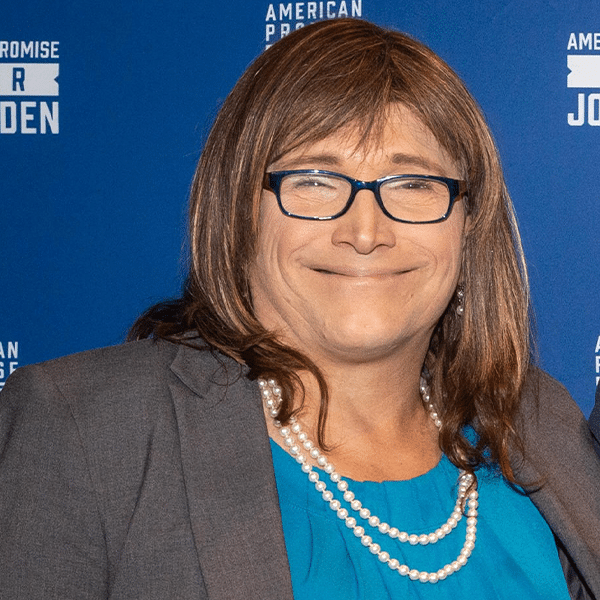It’s been over a year since AT&T and investment firm Blackrock established their Gigapower joint venture to build open access fiber networks and set a goal of reaching 1.5 million locations within 18 months. Until now, the JV has made relatively few moves on that front. But that’s set to change soon, according to Gigapower CEO Bill Hogg.
The company is now offering service in four of six markets that were previously announced, Hogg told Telecompetitor in an interview yesterday. Those markets include two in Florida, as well as Las Vegas and the Mesa, Arizona area.
Gigapower announced its seventh market today – Albuquerque—where Hogg expects to see customers connected before the end of the year. And we should expect lots more news along those lines moving forward, Hogg said.
Gigapower Strategy
Gigapower’s decision to use an open access approach in which it wholesales service to multiple providers was surprising, considering AT&T’s backing and considering that major telcos have avoided open access. But the open access approach could generate more revenue than AT&T would be able to generate on its own, potentially reducing deployment risks.
Gigapower said up front that it would target markets where AT&T is not the incumbent. Hogg also noted that “our typical strategy is to be the first fiber provider; it usually puts us up against cable as the next closest competitor.”
And with symmetrical speeds up to 5 Gbps, Hogg said Gigapower is well positioned to compete against cable.
The JV also looks for markets that are growing, where there is a “high propensity to buy broadband,” and where the municipalities are easy to work with, Hogg said.
For now, AT&T is Gigapower’s only customer, but as Hogg explained, “We have had very detailed conversations with several potential customers – legacy ILECs, non-facilities-based ISPs and some cable companies.”
Asked if Gigapower is hearing concerns from potential customers that it doesn’t want to use a network owned by a competitor, Hogg said Gigapower’s relationship with AT&T is very much “arm’s length.”
“It’s always a concern that we don’t provide any favoritism for one customer or another. It would destroy open access for us. Everyone is on a level playing field regarding how we provide service.”
A Contrarian View on BEAD?
Gigapower has said all along that it would consider deploying in additional markets, depending on the results achieved with its initial 1.5 million locations, which are already fully funded.
The company also would consider pursuing BEAD funding for rural markets, Hogg said.
As an open access network operator, Gigapower and, by extension AT&T, may have a contrarian view about the rules for broadband funding programs. While some providers complain about rules that favor open access networks, arguing that it creates an investment disincentive, those rules could play into Gigapower’s favor.
According to Hogg, the conversations that Gigapower has had with broadband directors have been “very encouraging.”
As he put it, “They like the ability to bring competition over a single network. That’s very attractive to them.”

